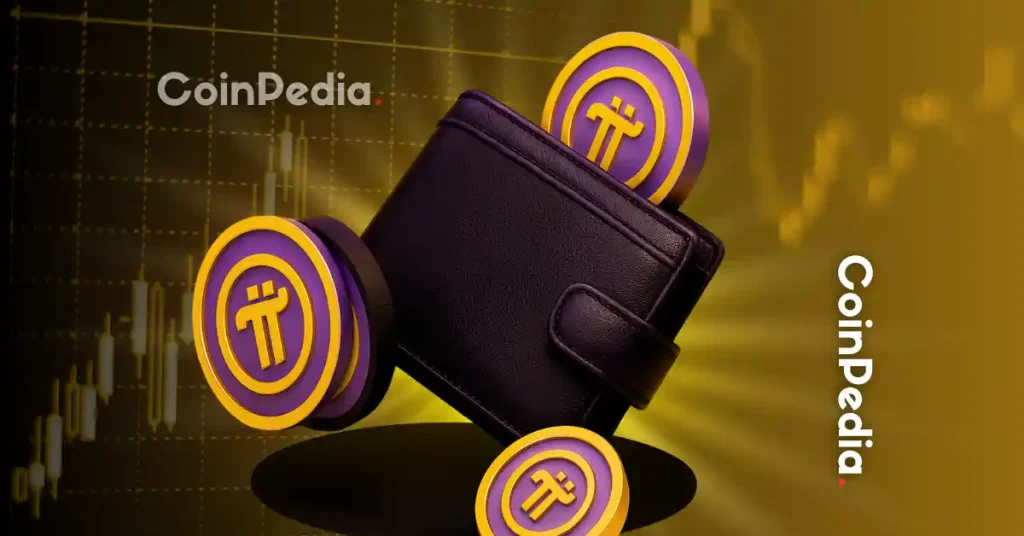370M Pi Tokens Flood Markets—Who’s Dumping While Users Stay Locked Out?
Pi Network faces a sell-off tsunami as 370 million tokens hit exchanges—while everyday miners remain frozen out.
Whale alert: Who's cashing out?
The Pi 'mainnet' has been live for years, but most users still can't access their holdings. Meanwhile, someone's moving mountains of Pi—enough to crash the token's thin liquidity if they dumped all at once. Suspiciously well-connected early adopters? Dev team members? Or just another crypto project doing what crypto projects do best: printing hope while quietly exiting.
Locked wallets meet liquid markets
Pi's 'gradual decentralization' model has kept 95% of tokens in handcuffs. But that 5% floating around? Suddenly very active. Trading volumes spiked 400% last week as these tokens hit offshore exchanges—the kind that list anything with a ticker and pulse.
When your 'decentralized' project has more gatekeepers than a Wall Street country club.

Pi Network is growing. The team is building new tools, improving migration, and making noise about ecosystem progress. But beneath the surface, a major problem is gaining attention. Over 370 million Pi tokens are now sitting on exchanges, while most users still don’t have access to their own tokens.
That’s a serious concern. If the majority of users are still waiting on technical fixes and KYC approvals, who exactly is trading these tokens?
Why Pi’s Token Access Feels Rigged
To MOVE Pi tokens to the mainnet, users first need to pass KYC. Then they can begin migration but even then, only a portion of their Pi is unlocked. The rest stays locked under a vesting schedule, depending on how active the user has been.
For many, the process has been frustrating. Technical issues like 2FA errors and missing balances have only made it worse. Some users have been stuck in the queue for months.
Meanwhile, exchange balances have jumped from 244 million in March to over 370 million in July. That means more tokens are appearing on public markets, even though regular users are still locked out.
$PI new ATH. .
The selling pressure continues to increase.
370million $PI in exchanges. .
An increase of 8 Million $PI in 2 days.
The selling pressure is mainly from increasing deposits.#PiNetwork pic.twitter.com/El6xDIqqrn
![]()
This has created what many are calling a two-tiered system:
- One group can trade freely.
- Most users are still waiting to access the Pi they mined.
The lack of clarity on where these exchange-held tokens are coming from has raised questions around transparency and control.
Ecosystem Progress Continues But Access Still Lags
Pi Network recently celebrated its Pi2Day event, highlighting key updates:
- The launch of Pi App Studio, allowing users to build AI apps without code
- A new staking feature that lets users support Pi apps they find useful
- Backend upgrades that helped over 500,000 users migrate to the mainnet
- A fiat on-ramp to make it easier to buy Pi and expanded .pi domain sales
These updates show PI is moving forward. But while developers build and apps launch, most users still can’t use their tokens outside Pi’s ecosystem.
Trust Issues Are Now Front and Center
Pi Network says it wants to build a fair, open ecosystem. But with over 5.1 billion Pi still locked, and a growing number of tokens moving onto exchanges, users are asking: Is this really as decentralized as promised?
As exchange reserves rise and access stays limited, frustration in the community is growing. The network’s next big test will be to restore trust and give users access to what they’ve already earned.
Let’s see how this plays out.

